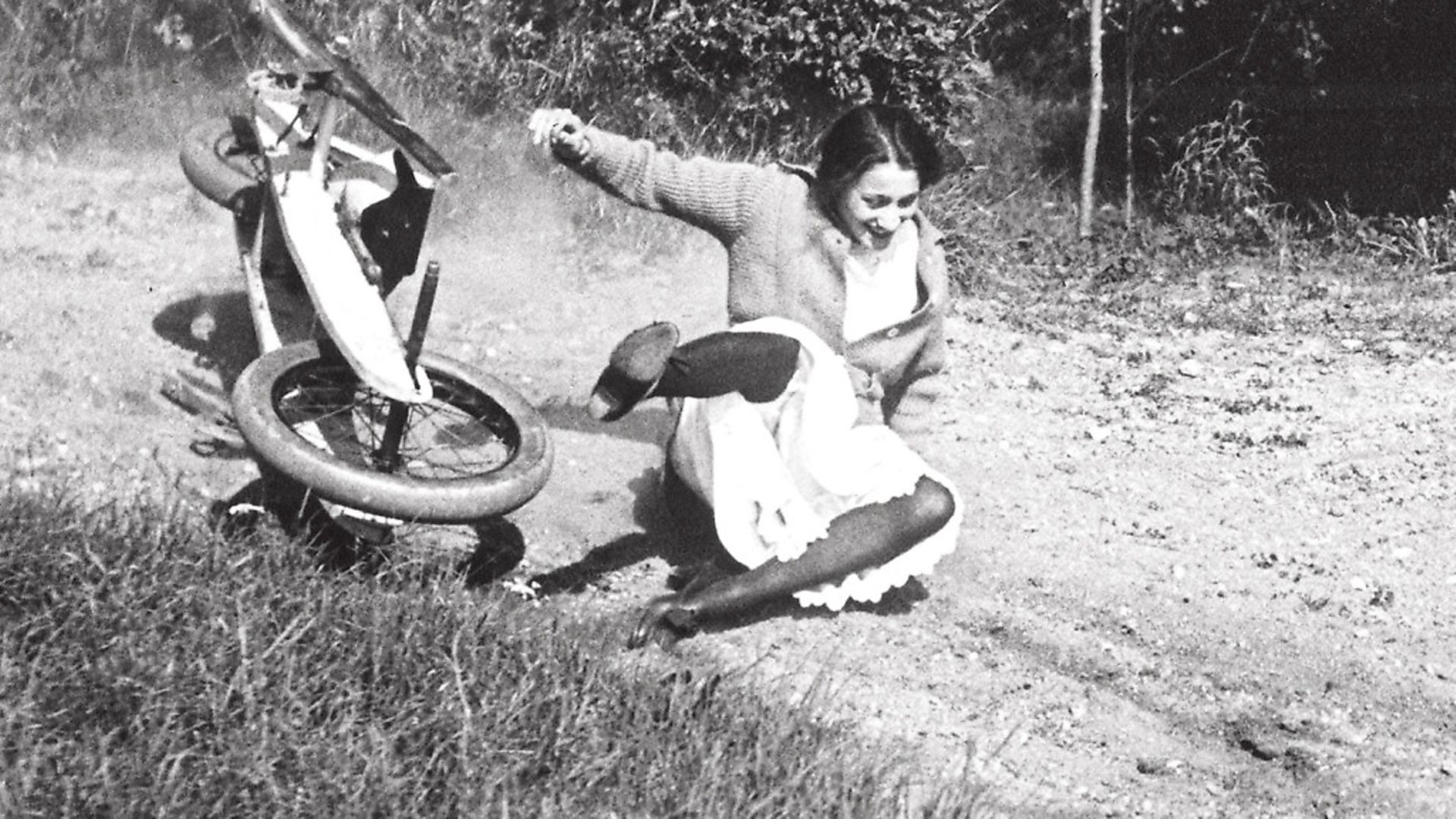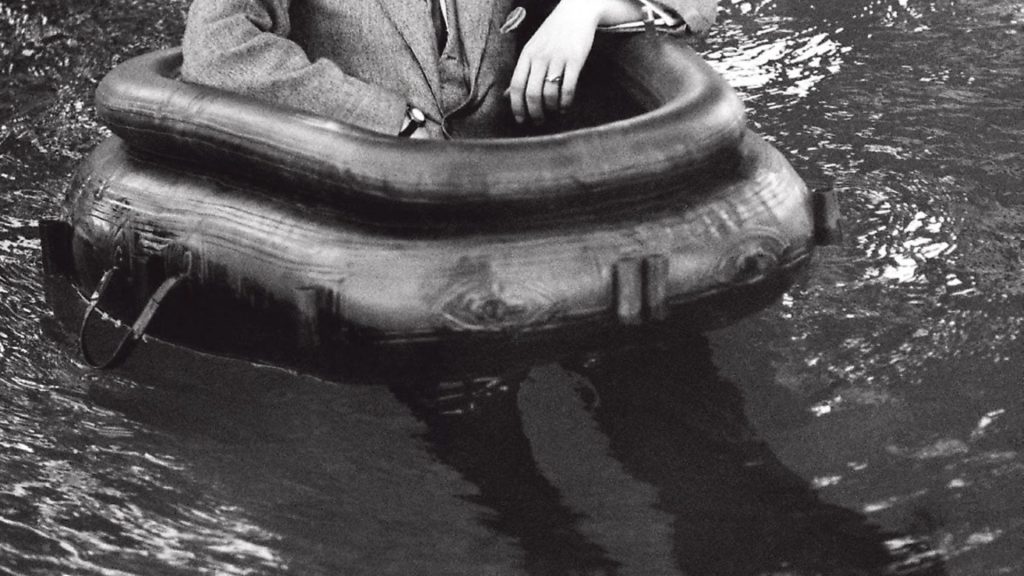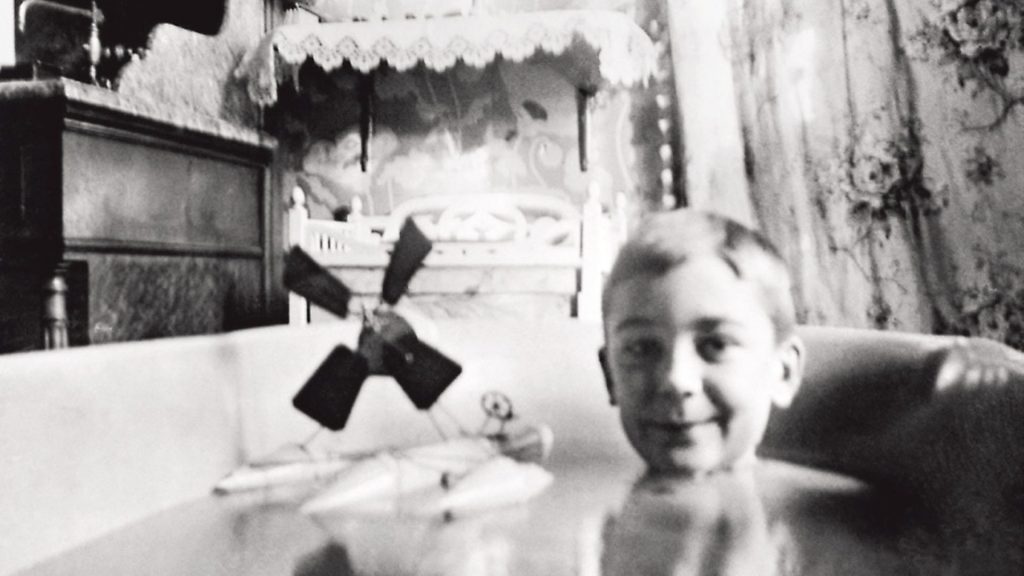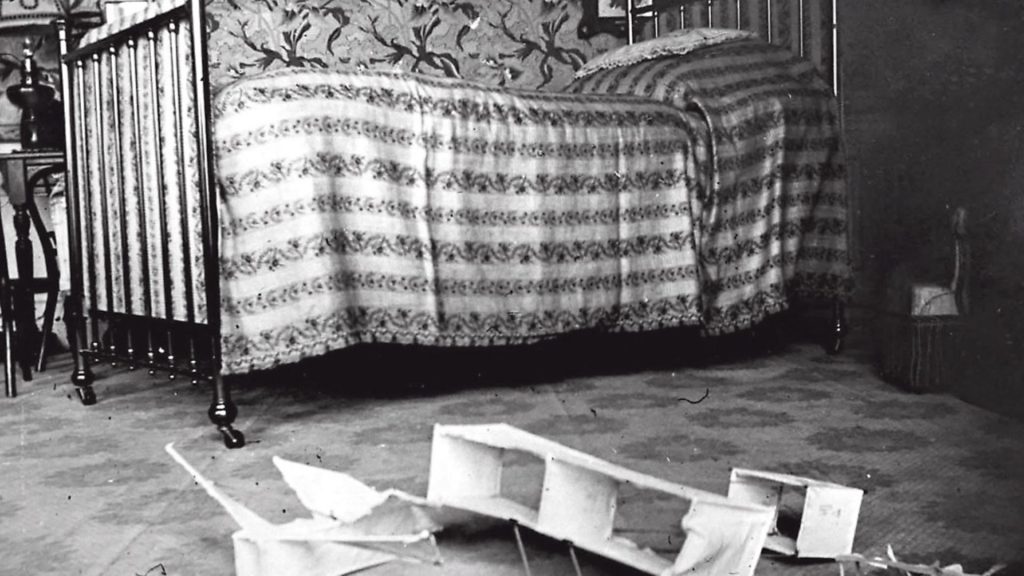
From childhood, Jacques-Henri Lartigue became a chronicler of Belle Époque Paris, capturing the arrival of the modern age in a way that not even writers or artists managed. Florence Hallett reports.

It was a fine day in Paris on August 1, 1914, the day that Germany declared war on Russia. As the French government ordered the mobilisation of military-age men across the country, the Lartigue family prepared to leave Paris for their château at Rouzat in the Auvergne, piling trunks into their open-top Peugeot. The 20-year-old Jacques, exempt from military service on health grounds, said goodbye to his dear cousin Oléo, who would be killed at the front before the end of the year, and stopped off to buy tennis balls at a sports shop on the Avenue de la Grande Armée.
The photographer Jacques-Henri Lartigue (1894-1986), kept a diary every day of his life from the age of 17, a habit that had its prelude in what as a little boy he had called ‘les choses’, the thoughts and messages he secreted about the house on pieces of paper, to be discovered again in time. These were, like his photographs, attempts to close his hand around time, to preserve a trace of a memory before it slipped away altogether.
In his diary of 1917, he explained the absence of the war from its pages, writing: ‘It is my little secret ruse for trying to preserve joys or my happiness, my immense Happiness.’ Years later he would add: ‘I don’t like to preserve tragic moments, not even in my memory… They hurt me’.
The Boy and the Belle Époque by Louise Baring, draws on Lartigue’s diaries and photograph albums to create a vivid impression of the photographer’s childhood, years during which he would produce an extraordinary body of work that would in time, become synonymous with that era.

Much as if he had been chasing butterflies, or shadows, or waves, Lartigue’s pursuit of happiness made him a curiously childlike figure, even in old age.
He was almost 70 when he came to prominence, his photographs of Belle Époque Paris the subject of an exhibition at the Museum of Modern Art in New York in 1963. This was the Paris of Proust and Debussy, of opera singers and courtesans taking their daily promenade through the Bois de Boulogne, an age of carefree glamour, caught just as it hurtled towards its abrupt end with the outbreak of the First World War.
It was the age of motor cars and aeroplanes, steam and speed, its urgency and exoticism inspiring Marinetti’s Futurist Manifesto of 1910, an aggressive celebration of the man made, and above all, the modern.
Lartigue was the youngest son of Marie and Henri Lartigue, she from a well-to-do family of lawyers and bankers, he the eighth richest man in France. Having amassed a fortune from railways, building and banking, Henri dedicated his life to enjoying it, while insisting that his two sons should learn to do the same.

Neither Jacques nor his brother Maurice (known as Zissou) went to school, and the private tutors who came and went made little headway. Lartigue later recalled: ‘Throughout the lesson, Monsieur Jacommet and I look at the clock, hoping that this long, long hour will pass.’ And so it was that the brothers grew up in an atmosphere of largely unfettered freedom, nourished by a diet of new technology that fascinated them as much as it did their father.
They went to the 1900 World’s Fair, a celebration of science and technology where they could have seen the Palace of Electricity and the Palace of Optics, as well as the latest developments from the world of moving pictures. A photograph taken by Henri in 1903 shows Jacques and Zissou dressed as racing drivers in caps and goggles, ‘driving’ the De Dion-Bouton parked in the street, and pictures from family holidays at Rouzac show the go-carts and prototype flying machines painstakingly constructed by Zissou, with Jacques on hand to record the inevitable crash.
Nothing captures the sense of the world as it sped up quite like photography, itself a rapidly changing technology, that made cameras increasingly fast and portable.
Somewhat ironically, one of the most poignant images ever made in this period – an emblem of the intoxicating novelty of speed – is Lartigue’s photo of a racing car at full tilt, at the French Grand Prix at Dieppe in 1912. Here the wheel nearest us has been distorted into an oval, as Lartigue panned round to keep pace with the car, but with a shutter speed too slow for the motion of the wheel.
Lartigue recalled his earliest experiences of photography in his memoirs, writing: ‘Under the black veil, Papa lifts me up so that I can see the image that he is going to take: a marvellous little picture, with all the colours, dazzling, alive, but upside down… When I’m the one posing for Papa, I can’t move at all while he counts: ‘One, two, three, it’s done!’.’
By the time Lartigue was 10, lenses, shutters and film chemistry had come on so much that he could photograph his cat jumping to catch a ball, or a family friend leaping over a garden table. The lure of speed and flight infuses these scenes of domestic absorption, a model hydro-glider floating in the bath tub with the boy Lartigue, his mother Marie operating the camera; model aeroplanes and ranks of toy racing cars are photographed on his bedroom floor.
Lartigue was not an entirely healthy child, and Baring suggests that he may have had tuberculosis, which made him prone to periods of ill health that required him to stay in bed.
Drawing was a favourite pastime, and he often sketched his photographs from memory before developing them, revealing an exceptional visual memory. Once printed the photographs would be put into albums, carefully annotated in a vivid and meticulous record.
Baring compares Lartigue’s ‘enclosed world’ with that of another great artist of the Parisian interior, Edouard Vuillard, whose paintings of the apartment he shared with his mother are almost contemporaneous with Lartigue’s early photographs.
Lartigue’s 1906 picture of his bedroom at 40, rue Cotambert, is taken from a child’s eye view, so that the model glider dominates the scene. Baring notes that Lartigue’s wallpaper is similar to that in a number of Vuillard’s paintings, and certainly in this picture, the swirling patterns of wallpaper, bedspread and floor create a highly decorative surface similar to those painted by Vuillard.
Even so, Lartigue was by no means confined to the grand townhouse he and his family occupied not far from the Bois de Boulogne where, during the warmer months, the city’s rich and fashionable, the beau-monde and the less reputable, would stroll on the Allées des Acacias – immortalised in Proust – or ride in cars and carriages, before an evening at the opera, the theatre, a dinner or a ball.
Lartigue’s ‘fashion drawings’, made from the age of 13, reflect his fascination with this outside theatre. Ladies hats became increasingly outrageous in the 1900s, and were a major attraction.
We often meet the eye of the photographed in these pictures, and snatched as they are, they appear to us as precursors to paparazzi shots.
His exhilaration is palpable in his later description of the moments leading up to releasing the shutter: ‘She approaches…. I’m shy, trembling a little…. Twenty metres…ten metres…eight…six…Clack! My camera shutter makes so much noise that the lady jumps almost as much as I do.’
Baring points out that though Lartigue has often been described as a boy wonder, an untutored genius doing something unique, his hobby was a fashionable one, and a growing band of amateur photographers hung around the Bois de Boulogne to do exactly as Lartigue was doing, with one or two selling their pictures to fashion magazines and newspapers. Not infrequently Lartigue would photograph someone famous, and the actresses Régina Badet and Anna la Pradvina both crossed his path in 1911, when he was 17.
Yet more intriguing are the people he caught by chance, or accident, not realising who they were. One of these was Claude Debussy, composer of the modernist sea symphony La Mer, 1905, whom Lartigue photographed on the beach at the fashionable Normandy resort at Étretat in 1907, only realising his identity later on.
When war broke out, Lartigue applied to join the Service Photographique Militaire but was rejected, and instead remained in Paris as a military chauffeur.
He wrote: ‘I have no right to say I am enjoying myself in the midst of a cataclysm, but I have even less right to lie by saying to the contrary.’ His wartime pictures reveal, in Louise Baring’s words, ‘a life of carefree continuity’.
Even so, the world had changed forever, and Lartigue’s photographs, rediscovered in 1960s New York, would acquire an almost magical quality, as a record of a vanished, enchanted age
Lartigue: The Boy and the Belle Époque, by Louise Baring, is published by Thames & Hudson; £28 hardback










